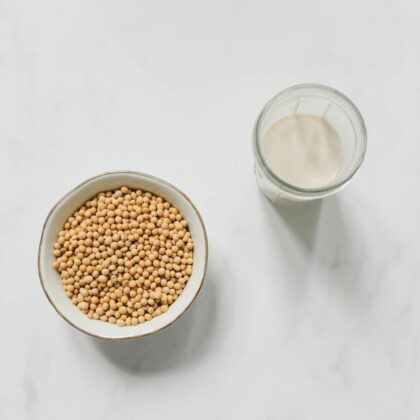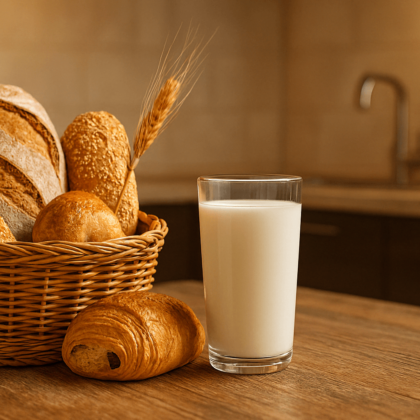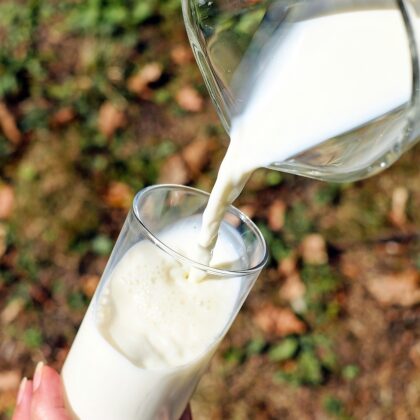
Lactose, gluten: food intolerances are at the heart of our current health and nutrition concerns. When we suffer from digestive problems or discomfort after meals, it is common to suspect gluten because of its increasing media coverage.
Lactose intolerance manifests itself as similar digestive disorders and gluten intolerance. LACTOLERANCE helps you to identify and distinguish between these two food intolerances, so you can better manage your diet on a daily basis.
Understanding food intolerances: our guide
Unlike allergies, which involve an immune response, food intolerances are linked to difficulty in digesting certain food components. Lactose and gluten are among the components least well assimilated by a growing and significant proportion of the population.
Focus on lactose intolerance
Lactose intolerance or "alactasia occurs when the body lacks lactase, a digestive enzyme responsible for breaking down milk sugar. When poorly digested, this carbohydrate, naturally present in milk and milk derivatives, ferments in the intestine and can therefore lead to various digestive problems of varying degrees of discomfort.
This is particularly true of bloating, abdominal pain, constipation and nausea, which are caused by the intake of more than 12g of lactose in the case of moderate alactasia, or less in the case of severe alactasia.
Focus on gluten intolerance
Unlike lactose intolerance, Gluten intolerance can have several causes:
- Celiac disease, an autoimmune pathology that causes inflammation of the small intestine when gluten is ingested
- Non-celiac gluten sensitivity, which causes reactions similar to celiac disease without identifiable intestinal damage
These reactions are varied, ranging from typical digestive problems (bloating, diarrhoea, constipation) to chronic fatigue, headaches and joint pain.
Gluten or lactose intolerance: how do you know?
Lactose intolerance is widespread throughout the world. It is estimated that 75% of the world's population is prone to digestive disorders linked to lactose consumption. In France, this prevalence is estimated at between 6 and 10% of the population.
Yet drinking milk is considered a factor for growth and health in many cultures, hence the widespread habit of continuing to consume dairy products despite obvious digestive discomfort.
In addition to this characteristic, there are certain clues that help to differentiate these two food intolerances. The signs of lactose intolerance for example in the hours following consumption of dairy productswhile those of intolerance to gluten can be felt for up to several days. after eating wheat, rye, barley or oats. At the same time, pain is generally located in the lower abdomen in the case of alactasia, whereas it is more diffuse in the case of gluten intolerance.
Specific medical tests can help you identify one or other of these intolerances when in doubt. For lactoseIt is recommended that a hydrogen breath test or a blood tolerance test. Both methods are covered by the French social security system. For glutenIt is advisable to turn to an exclusion scheme to assess non-celiac sensitivity, towards a biopsy of the small intestine to confirm celiac disease and towards a blood test to test for specific antibodies in the case of coeliac disease.
A clear diagnosis will enable you to adopt a diet tailored to your body's needs and give priority to your day-to-day well-being.

Hello, I'm Vincent
Like you, I'm lactose intolerantI know exactly what you're going through and the difficulties you encounter on a daily basis. For over 10 years, I've been helping our customers to use our dietary supplements and giving advice and tips on how to improve their digestive comfort. I'm also a keen cook and gourmet, so you'll find my favourite recipes for a lactose-free diet in this blog.
Lactose intolerance is not inevitable! With LACTOLERANCE you can digest with complete peace of mind





